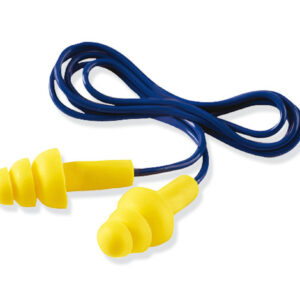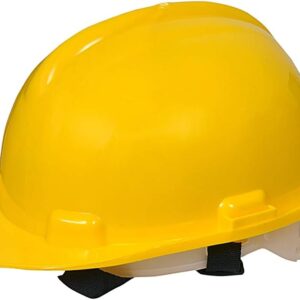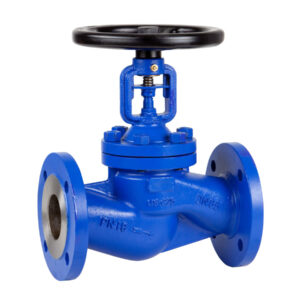Description
Key Features
- Corrosion Resistance:
- Stainless steel pipes are highly resistant to rust, oxidation, and staining, even in harsh environmental conditions. The chromium content in stainless steel forms a thin, protective layer (the passivation layer) that prevents corrosion.
- High Strength:
- Stainless steel pipes offer excellent mechanical strength, capable of withstanding high pressures and temperatures without failure.
- Longevity:
- Due to their resistance to corrosion and wear, stainless steel pipes have an extended service life, reducing the need for frequent maintenance or replacements.
- Aesthetic Appeal:
- With a shiny, polished finish, stainless steel pipes are not only functional but also provide a visually appealing option for visible applications.
- Heat Resistance:
- Stainless steel pipes can withstand high temperatures and perform well in both cryogenic and elevated temperature environments.
- Hygienic Properties:
- Stainless steel is non-porous and easy to clean, making it ideal for sanitary applications such as food processing, pharmaceuticals, and medical fields.
- Non-reactive:
- Stainless steel pipes do not react with most chemicals, making them suitable for transporting aggressive substances, including acids and solvents.
Specifications
- Grades:
- Common grades of stainless steel used for pipes include:
- 304: The most widely used stainless steel, offering good corrosion resistance and formability.
- 316: Offers superior resistance to corrosion, particularly against chlorides, and is commonly used in marine environments.
- 321: Provides high-temperature resistance, typically used in exhaust systems.
- 410: A martensitic stainless steel offering good strength but lower corrosion resistance, often used for high-stress applications.
- Common grades of stainless steel used for pipes include:
- Types of Stainless-Steel Pipes:
- Seamless Pipes: Manufactured without welding, providing strength and reliability for high-pressure applications.
- Welded Pipes: Made by welding stainless steel strips, generally suitable for lower-pressure systems and less demanding applications.
- Surface Finish:
- Stainless steel pipes are available in various finishes, including:
- Brushed/Polished: Provides a shiny and aesthetically pleasing surface.
- Pickled and Passivated: Removes surface impurities and enhances the corrosion resistance.
- Matte Finish: Provides a more industrial look for functional applications.
- Stainless steel pipes are available in various finishes, including:
- Pressure Ratings:
- Stainless steel pipes can handle high-pressure environments, depending on the grade, wall thickness, and pipe size.
- Temperature Resistance:
- Stainless steel pipes can generally withstand temperatures from -200°C to 800°C, with specific grades able to handle even higher or lower temperatures.
Advantages
- Corrosion Resistance:
- Stainless steel’s resistance to corrosion makes it ideal for applications involving exposure to water, chemicals, and harsh environments.
- Strength and Durability:
- Stainless steel pipes offer exceptional mechanical strength, making them suitable for high-pressure and high-temperature systems.
- Low Maintenance:
- Their resistance to rust and staining means that stainless steel pipes require minimal maintenance compared to other materials like carbon steel.
- Hygienic and Easy to Clean:
- The smooth, non-porous surface makes stainless steel pipes easy to clean, ensuring the highest levels of hygiene in industries like food, pharmaceuticals, and healthcare.
- Recyclable:
- Stainless steel is 100% recyclable, contributing to sustainability and reducing environmental impact.








Reviews
There are no reviews yet.